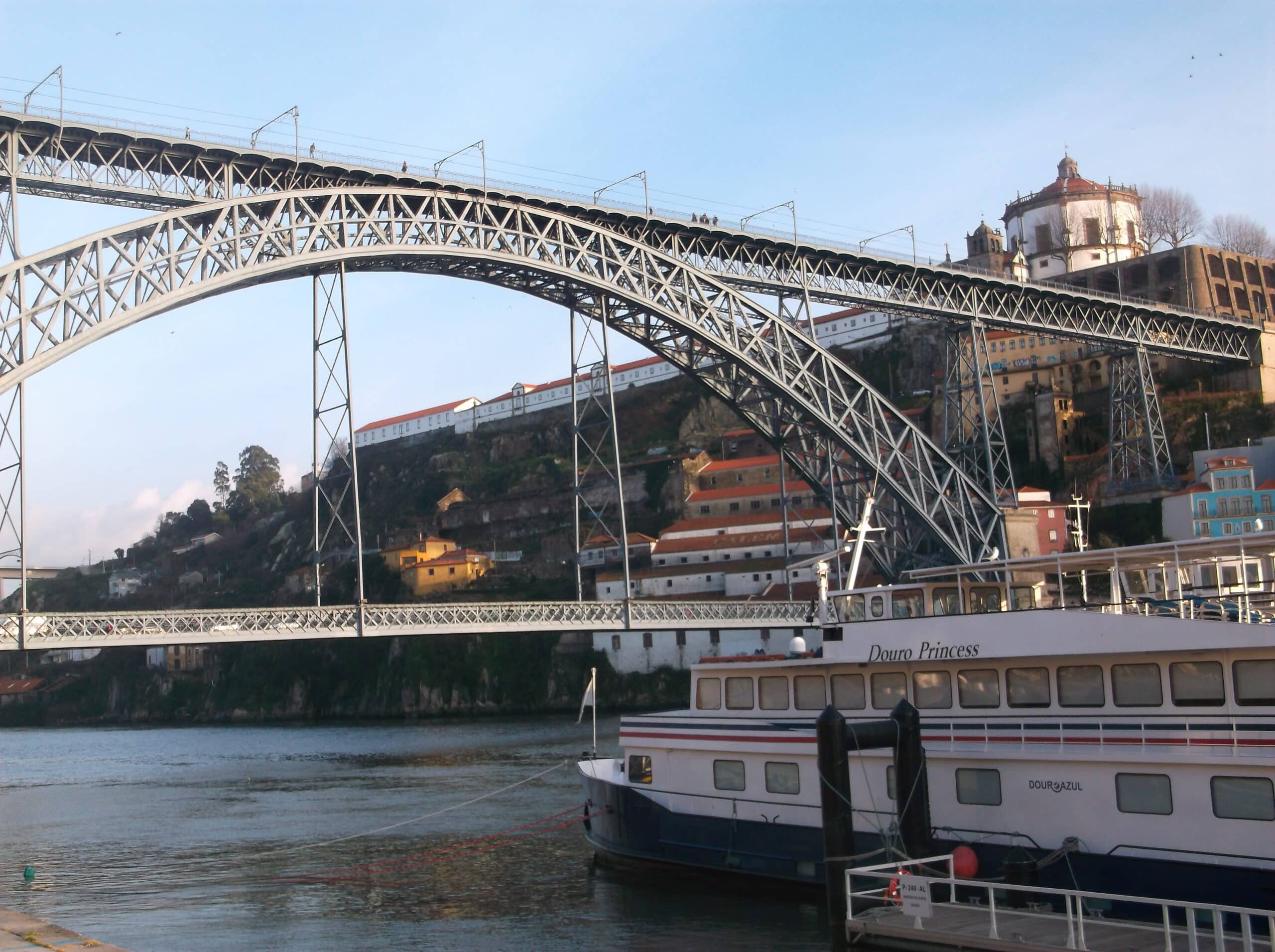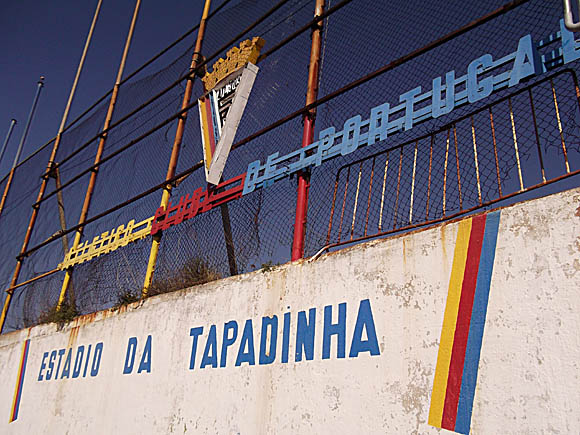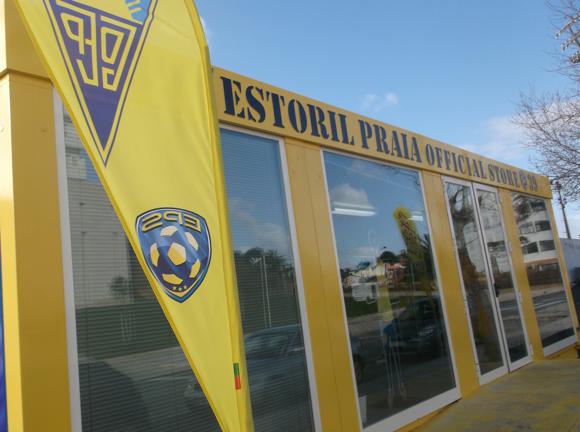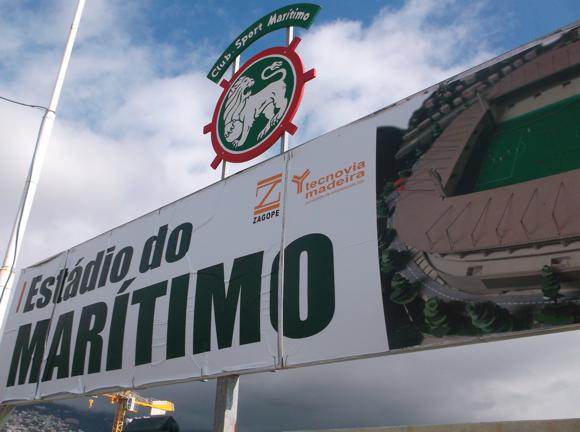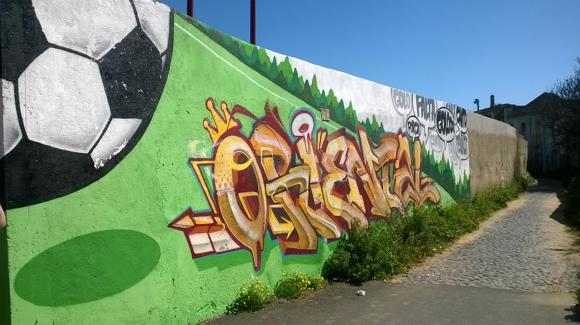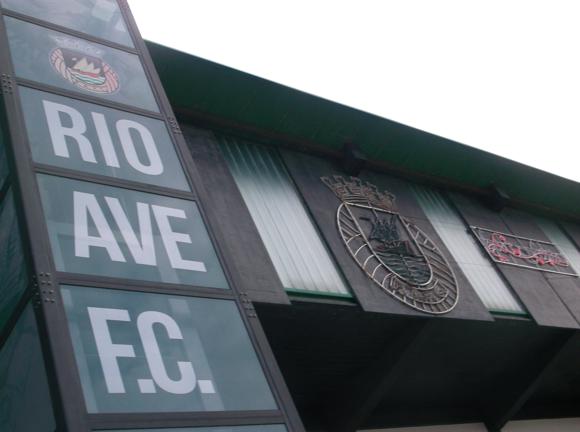A fan’s guide – the club from early doors to today
Until Benfica’s recent revival, FC Porto were the Portuguese club of the modern era. Then, after 14 domestic titles in just over two decades, Porto roared back to win the double in 2022.
In Europe, the Dragons won the all-Portuguese Europa League final of 2011, and were surprise winners of the Champions League under José Mourinho in 2004. All set for a semi-final appearance in the Champions League in 2015, they blew a 3-1 home-leg lead against Bayern Munich by being stomped 6-1 in Bavaria.
Two further quarter-finals in 2019 and 2021 resulted in defeats to Premier League opposition, showing today’s gulf in class – and budget.


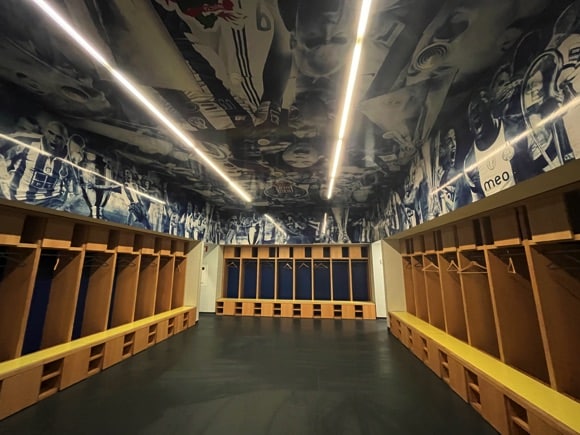
The class of 2004 was the last really great Porto side, with players such as Deco, Ricardo Carvalho and Paulo Ferreira poached by Mourinho for Chelsea. This same team also beat Celtic to win the UEFA Cup in 2003. Paulo Futre, Fernando Gomes and Rabah Madjer, author of a cheeky back-heeled goal in the final, were the stars of the previous great Porto side who won the European Cup in 1987.
Founded in 1893, FC Porto were an inaugural member of the first Portuguese league 40 years later. Although the Dragons moved into the impressive new Estádio das Antas on the eve of the European era, 1952, the club remained firmly in the shadow of giants Benfica and Sporting Lisbon.
It wasn’t until former player Jorge Pedroto took over as coach in the late 1970s that things picked up. With former bank clerk Jorge Nuno Pinto da Costa as chairman and Fernando Gomes scoring almost a goal a game, Porto won two titles and the groundwork was laid for three decades of unprecedented success.
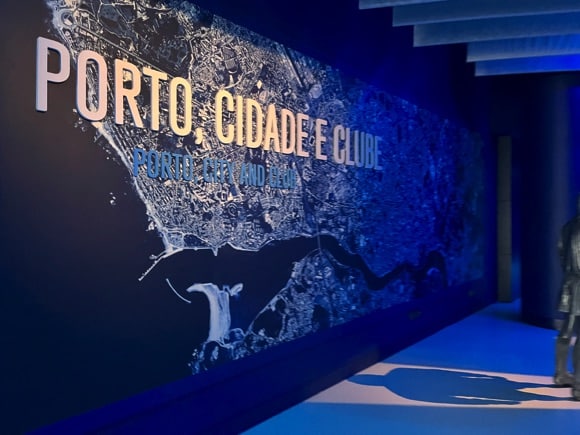


Quite astonishingly, Pinto da Costa remains in place today. more than 40 years after he took office, despite a serious match-fixing scandal, nicknamed the ‘Golden Whistle’, that stole the headlines in the early 2000s. The details were irresistibly salacious, some involving the chairman’s lover 40 years his junior, Carolina Salgado, whom he met in a Porto brothel.
Having escaped jail time, even points deductions for his beloved FCP, Pinto da Costa went on to marry for a fourth time in 2023, to a vivacious blonde.
On the pitch, it was Pedroto who led Porto to their first European final, and narrow defeat to Juventus in the Cup Winners’ Cup of 1984. While Pedroto had got his team halfway there, it was his assistant, António Morais, who was brought in to take over after the legendary coach was stricken by cancer.

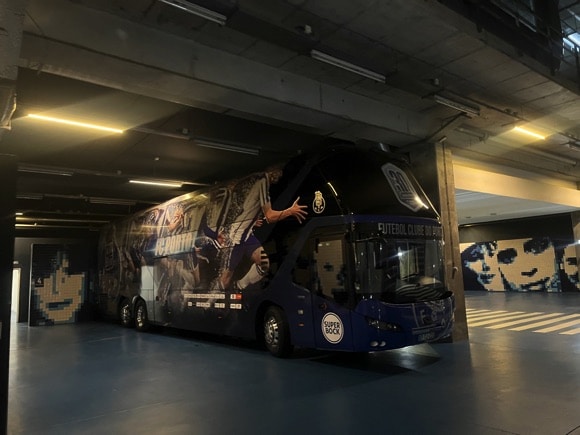

Seemingly having to replace the irreplaceable, Pinto da Costa selected a former Benfica star who had scored goals in the Eusébio era: Artur Jorge. Learning his coaching techniques in Leipzig, East Germany, the former Porto youth player returned to his alma mater for the 1984-85 season.
In three seasons, with two league titles and a European Cup under his belt, Jorge would be crowned Rei Artur, King Arthur, having taken the club to unprecedented heights. By now, Fernando Gomes was simply a phenomenon, scoring more than twice as many goals as his nearest challenger when King Arthur’s Porto won the title in 1985.
Having taken Terry Venables’ Barcelona to the wire in the subsequent European Cup, bowing out on away goals, Porto went all the way in 1986-87. As this was still the old format for the competition, few noticed when a Portuguese side overcame easy opposition to reach the semi-final.

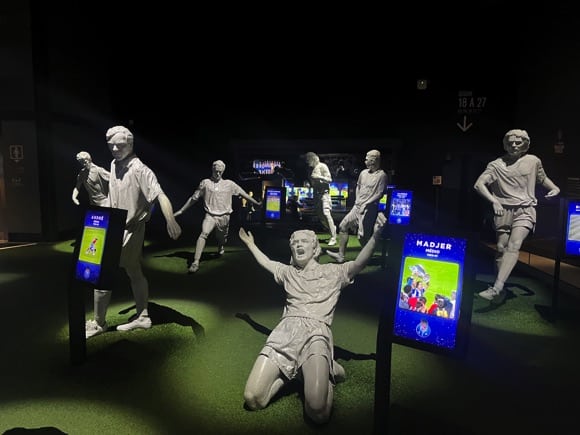
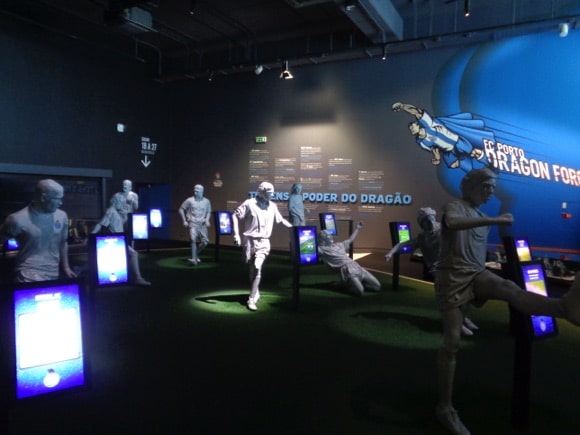
Legendary coach Valeriy Lobanovskyi had won a European trophy with his stellar Dynamo Kyiv side the year before, but now his time was divided also looking after the national team of the USSR. In front of 100,000 baying Ukrainians at the old Respublykanskyi stadion, Porto hit two early away goals to silence the crowd and smooth the pathway to the final in Vienna.
Practically a home game for a workmanlike Bayern side seeking a fourth premier trophy, the match seemed to be heading for its expected conclusion when Rabah Madjer turned things around on an inspired back-heel. Pegged at 1-1, the Bavarians were just recovering from the shock when Brazilian Juary hit a second. Artur Jorge’s unfancied Porto had won the European Cup.
By the time the European Super Cup came around either side of Christmas 1987 – back then it was a two-legged affair – Jorge had been lured away to Paris, and Racing Club’s doomed revival. In between the two games with Ajax, Croatian Tomislav Ivić also led Porto to the Intercontinental Cup in Tokyo against Peñarol.

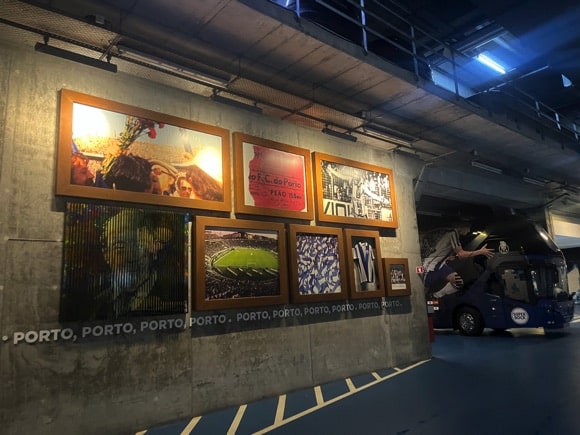
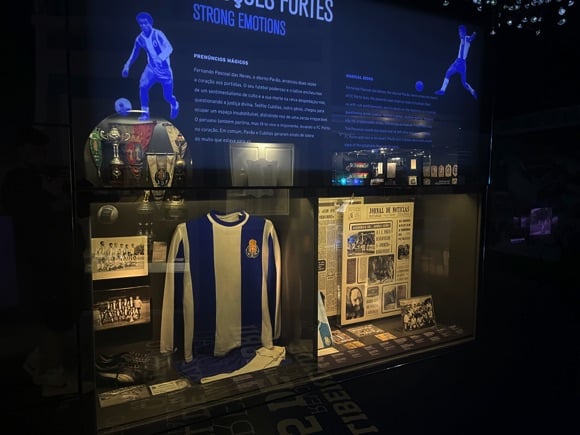
With Gomes again prolific, Porto won another title by a country mile in 1988. Later that year, Jorge returned a far richer man to win his final league title with Porto in 1990. After he took the Portugal job, another era began at Porto with the arrival of Bobby Robson. The recent England manager had come to Portugal to manage Sporting in 1992, but had been ousted by a capricious chairman.
Robson’s interpreter in Lisbon was a young Portuguese named José Mourinho. Knowing football intelligence when he saw it, Robson brought Mourinho with him as his assistant when Porto offered him the manager’s job in January 1994. Not only that, but on a hunch, he gave a teenage André Villas-Boas a job at the club even though he wasn’t yet old enough to work full-time – at the time, the Porto-born English speaker happened to live in the same apartment block as Robson.
Long after Robson’s departure, both Mourinho and Villas-Boas would become successful managers at Porto. As Robson, the Porto he took over were about to lose their title to Benfica. Losing only one game the following season and conceding only 15, Robson’s Dragons could count on Portuguese internationals Vítor Baia to stop goals and Domingos Paciência to score them. Once a teenage trainee at Porto, Domingos was later Braga’s manager when facing his old club in the 2011 Europa League Final.



Robson left for Barcelona in 1996, taking Mourinho and Vítor Baia with him. Porto continued winning titles under former team captain António Oliveira, as the phenomenal Mário Jardel scored more times than games he played in. Equally effective at Galatasaray and Sporting Lisbon, Jardel finished his career at a strange array of lesser-known clubs from Australia to Bulgaria.
Later Euro-winning manager Fernando Santos led Porto to another title in 1999, as Jardel won his first European Golden Shoe. In Europe, however, apart from a narrow defeat to Bayern in the quarter-finals of the Champions League in 2000, Porto had hardly moved the dial. Until Mourinho.
The Special One arrived in January 2002 with his recent employers União de Leiria above Porto in the Primeira Liga. A returning Vítor Baia was recovering from injury, industrious midfielder Deco had yet to find his feet and Ricardo Carvalho was just a workaday centre-back. Cunning striker Derlei, prolific under Mourinho at Leiria, was brought into the fold at Porto, burly centre-back Jorge Costa recalled from his loan period at Charlton. Mourinho upped fitness levels, instigated a high pressing game and his team walked the league in 2002-03.
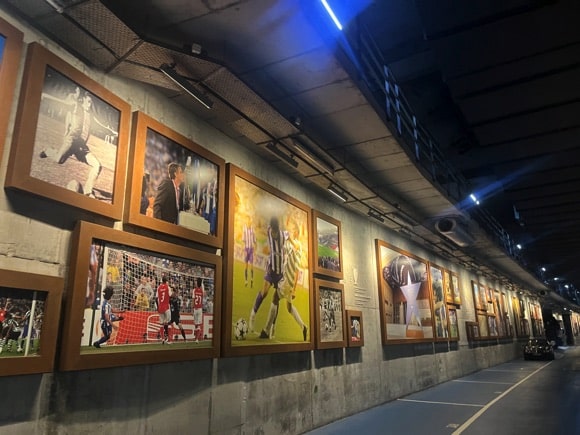


That spring, Mourinho’s men also lifted the UEFA Cup one sweltering day in Seville, the city awash with 80,000 Celtic fans. Drawing yellow cards with ease, Porto won few friends in the crowd but showed efficacy in front of goal, Deco threading through incisive passes. It required extra-time, the ten-man Hoops holding on for penalties, but Porto came out on top, 3-2, Derlei nipping in for the winner. Mourinho seemed to revel in breaking hearts.
A year later, Costinha’s very late clincher at Old Trafford saw Mourinho running down the touchline in delight, Porto having knocked Manchester United out of the Champions League. For the semi-final second leg in La Coruña, Porto fans swarmed into nearby Galicia to witness their team decide the tie on a penalty, ending the dreams of every neutral’s favourite football club, Deportivo.
A routine win over Monaco in the final brought Europe’s premier prize to Porto for the second time. Mourinho headed to Chelsea, beaten semi-finalists that year, to initiate a new era for both club and manager. He left behind a club at the peak of its powers which had just moved into a completely rebuilt stadium, the Estádio do Dragão replacing the Estádio das Antas to co-host Euro 2004.
He also took with him key defenders Ricardo Carvalho and Paulo Ferreira, and would soon bring Deco to Stamford Bridge. By 2005, most of the Euro trophy-winning team had disbanded.

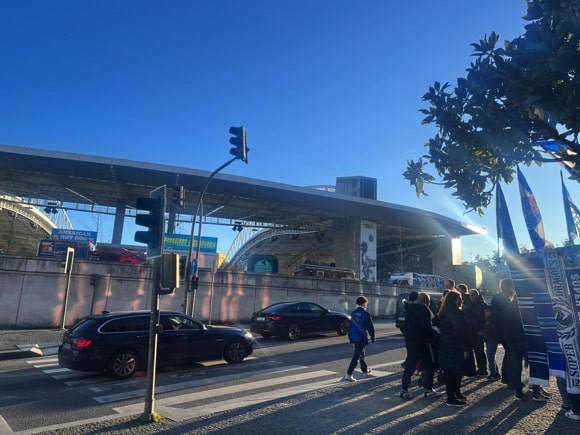
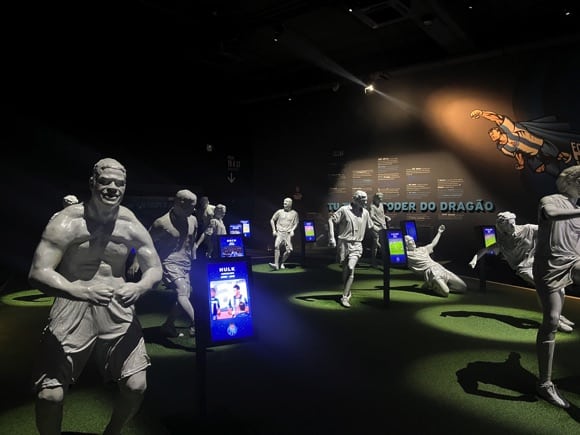
Post-Mourinho, Porto maintained their domination of the Portuguese game, although hindsight might reflect that some games may have been affected by favourable decisions from referees, later the subject of judicial investigations as part of the ‘Golden Whistle’ scandal.
What cannot be doubted is the bullish power of Brazilian Hulk, a striker who arrived in Portugal by way of Japan, whose reign coincided with the briefer but spectacular sojourn of Radamel Falcao. Notching a record 17 goals in Porto’s successful Europa League campaign of 2010-11, the Colombian then left for Atlético Madrid.
The triumphant Porto manager? André Villas-Boas, the kid who had asked Bobby Robson for a job back in the early 1990s. Four goals from Falcao decimated a very decent Villarreal side in the semi-final before the Colombian scored the only goal against Braga in the Europa League final in Dublin.
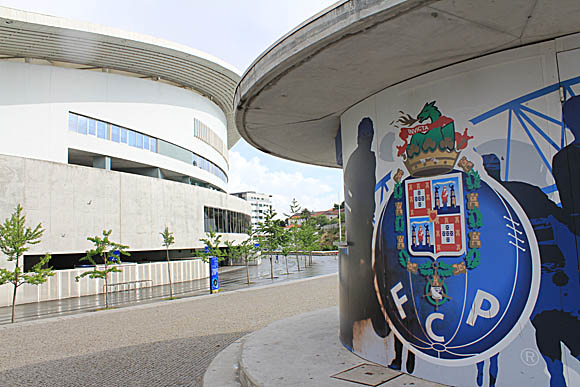

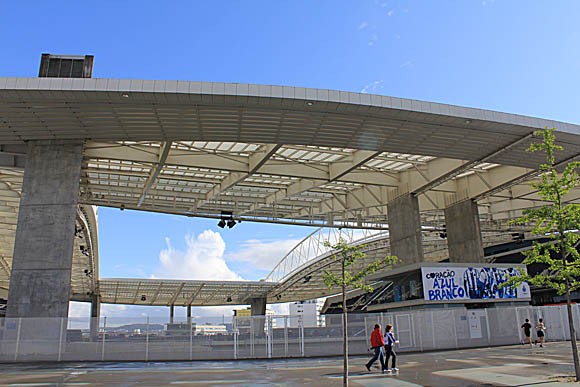
Hulk terrorised Portuguese defences for four years before his transfer to St Petersburg in 2012. Prolific goalgetter Jackson Martínez, another Colombian, was also sold to Atlético Madrid, allowing former Porto youth striker André Silva to break through.
Announcing his arrival at the age of 20 with a spectacular last-minute bicycle kick to take the 2016 Portuguese Cup Final to extra-time, the following season Silva earned himself a €38 million transfer to Milan by topping Porto’s scoring charts.
Porto remained unusually trophy-less until the arrival of the club’s former winger, Sérgio Conceição, as manager in the summer of 2017. This coincided with the return of Moussa Marega, the Malian international hitting two in his first game back against Estoril after coming off the bench.



Another product of the Parisian suburbs, Marega formed part of Porto’s high-scoring African forward line, along with Algerian international Yacine Brahimi and Vincent Aboubakar, who had recently scored Cameroon’s winning goal in the Africa Cup of Nations. Feeding them chances was left-sided Brazilian defender Alex Telles.
Porto duly romped to their first title in five years, losing only twice and ending the 2017-18 campaign with a goal difference of +64. It was a Telles penalty late in extra-time in front of a near-capacity crowd at the Estádio do Dragão that pushed Porto into the quarter-finals of the Champions League the following spring, the hard-won victory over Roma lining up a clash with eventual winners, Liverpool.
The gulf in class soon showed at Anfield, however, the Reds 2-0 up on 26 minutes – for all their European pedigree, Porto could no longer compete at the very highest level in Europe.
Domestically, Porto were back at the top, winning the double in 2019-20, Telles and Marega still the keys to success. For the subsequent Champions League campaign, Conceição could call on incoming striker Mehdi Taremi, the Iranian international hitting an early goal to shock Ronaldo’s Juventus in the first leg of the Round of 16.



Taking a 2-1 lead to Turin, Porto just kept ahead on aggregate in a ding-dong battle, becoming one of the last clubs to benefit from the away goals rule before it was scrapped from European competition later in 2021.
Played in neutral Seville with pandemic restrictions, the quarter-final with Chelsea was decided on aggregate alone, Taremi’s solitary goal coming too late in the second leg to reverse the 0-2 deficit from the first game.
Heading towards 400 games in charge of Porto, easily surpassing all previous managers, Conceição led the club to its ninth double in 2021-22. Winning 16 league games on the bounce, the Dragons were a model of consistency, personified by veteran defender Pepe, seeing out his illustrious career at the club where he got his big start in 2004.
That same season, a 5-1 defeat at home to Liverpool in the Champions League, however, revealed just how far the Primeira Liga was now lagging behind England’s globally lucrative Premier League.
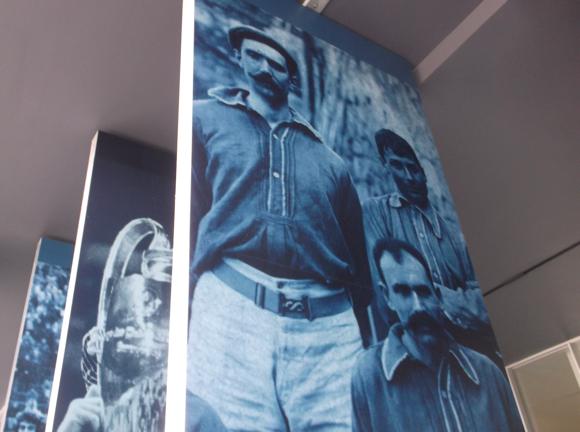
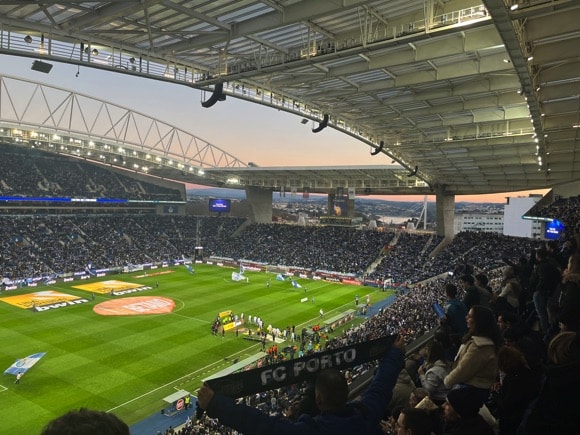





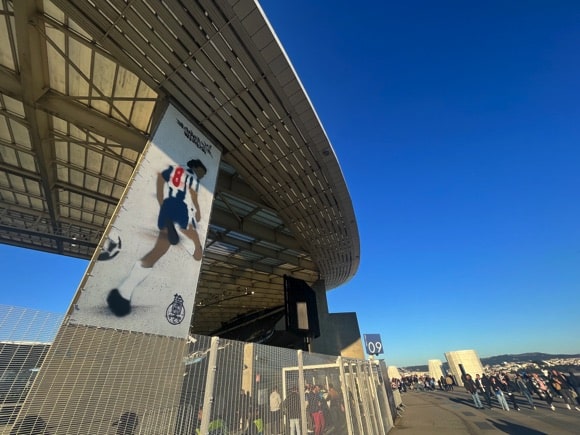
Stadium Guide
The field of dreams – and the story behind it
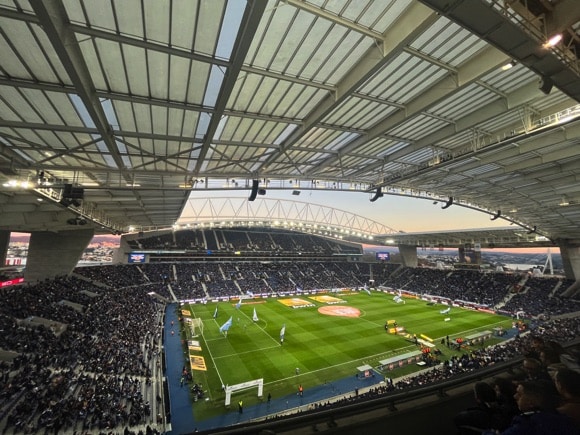
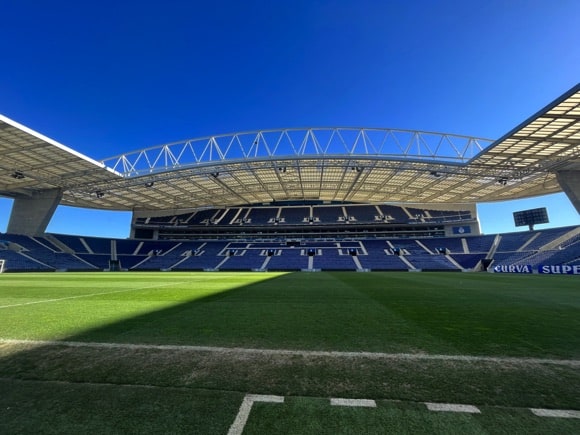
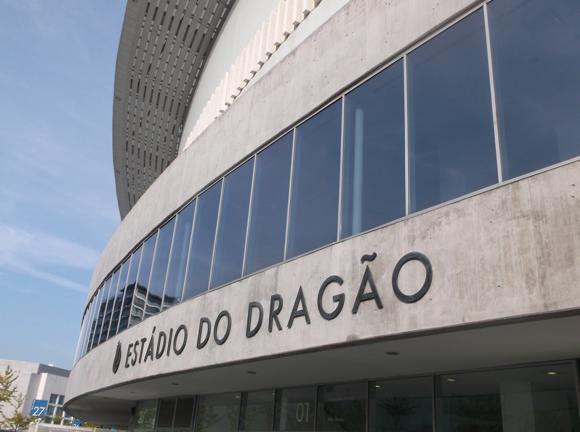




Near the site of the former Estádio das Antas, the Estádio do Dragão was built to host Euro 2004. Housing 52,000 fans in all-seated comfort, the Dragon Stadium is typical of the purpose-built arena of today, with sponsored stands, an adjoining shopping mall and an upscale hotel alongside.
It’s a far cry from the Campo da Constituicão, which served the club from 1913 to 1952. Still in use today for juniors and veterans, the ground at Rua da Constituicão 870, near Marquês metro station, still belongs to the club, whose sign and crest run across the back wall. There’s also an FC Porto shop on site.
This wasn’t Porto’s first ground – that was the Campo da Rainha on nearby Rua de Antero de Quental, where the club played its first games in front of a few hundred spectators from 1906. By the time it had been equipped with a new stand, after Porto had won the inaugural Campeonato da Liga in 1935, capacity was 20,000.
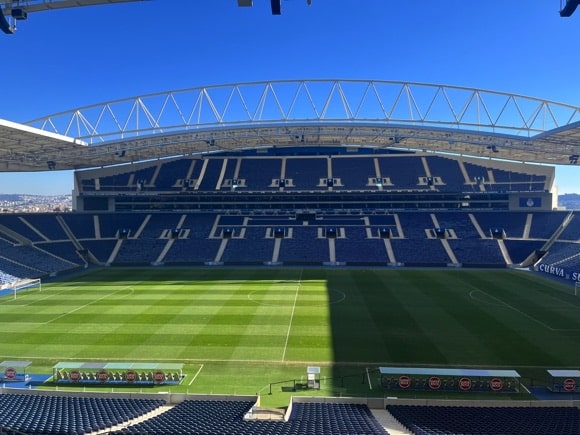
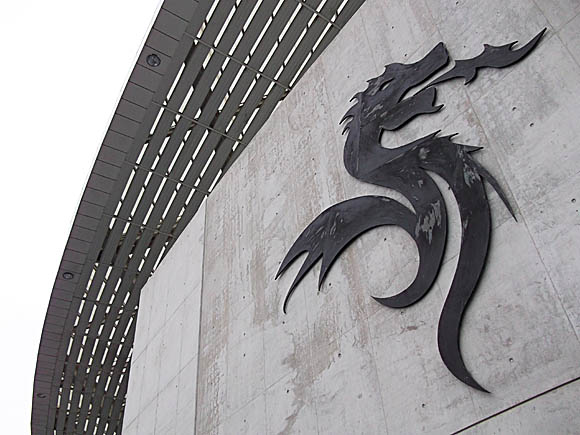



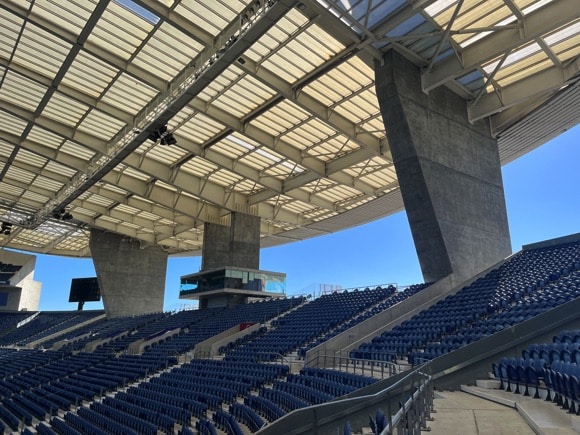
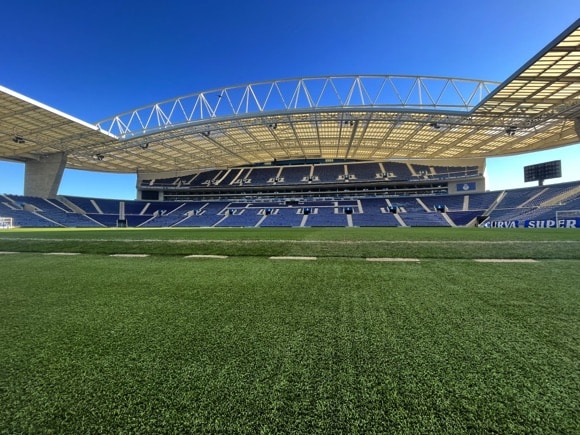
The great post-war stadium construction boom that swept across southern Europe was not confined to Benfica, Barcelona and Madrid alone. In fact, Porto’s brave new Estádio das Antas predated the Estádio da Luz and ushered in the new European era.
A classic open bowl of 50,000 capacity 1.5km west of the old ground, it staged its first game in 1952, against Benfica, and its first European fixture, against Bilbao, four years later. As crowds increased, so the need for more space only accentuated the fact that the stadium was squeezed between main roads and large residential buildings.
The solution was to dig deeper. In 1976, the club created space by sinking the pitch, adding 20,000 seats, later increasing this by removing the running track. The crowd for the 1987 European Cup semi-final against Dynamo Kyiv was 76,000. The club offices were now housed in an adjoining tower block, and a surrounding complex including an Olympic-sized pool and that Portuguese essential, a bingo hall.
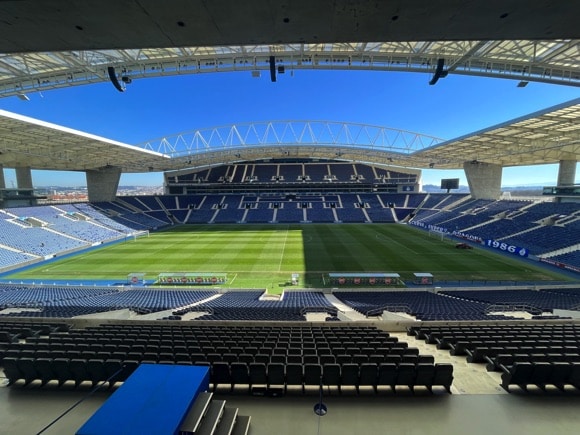




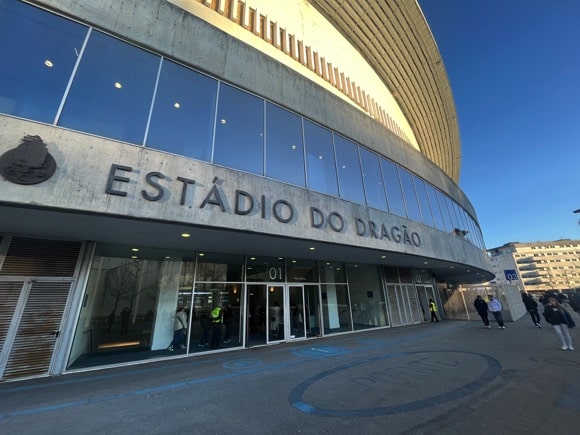

The real boon, however, a metro station, came with the opening of the Estádio do Dragão to replace das Antas, in line with Portugal’s hosting of Euro 2004. Today it has a direct connection to Porto Airport, one stop from Campanhã train station and three from the city centre.
When Portugal started bidding for Euro 2004 in the late 1990s, it was obvious that the Estádio das Antas was no longer suitable to stage a prestigious international tournament. Manuel Salgado, who had worked on the public spaces for the acclaimed Expo ’98 event staged in Lisbon was hired to create a light, open, inclusive arena, along with the metro station that served it.
Constructed alongside its predecessor, the 50,000-capacity stadium was ready not long after the Estádio das Antas staged its last game, a friendly between Portugal and Brazil in March 2003. Or rather, what was meant to be its last game, as a problem with the turf at the Estádio do Dragão meant that it had to fill in on stadium duties around Christmas 2003.



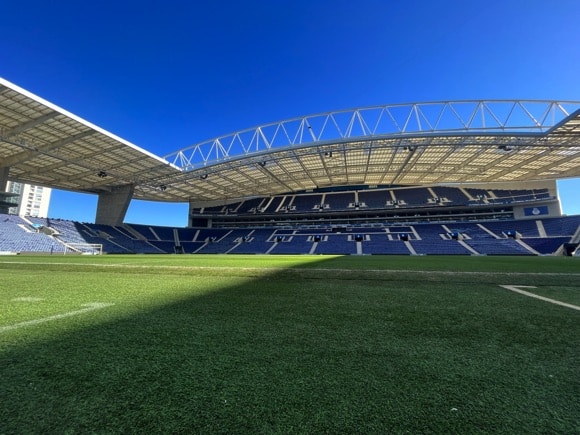
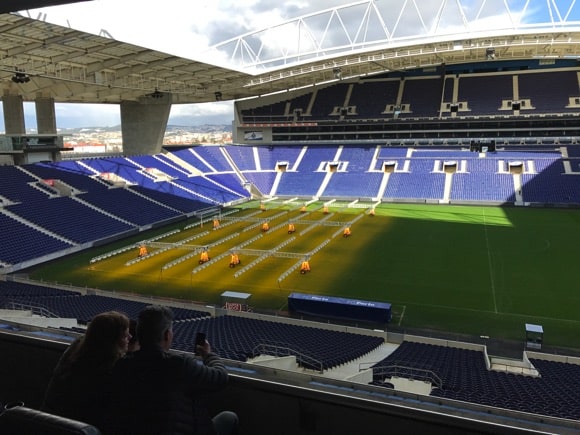
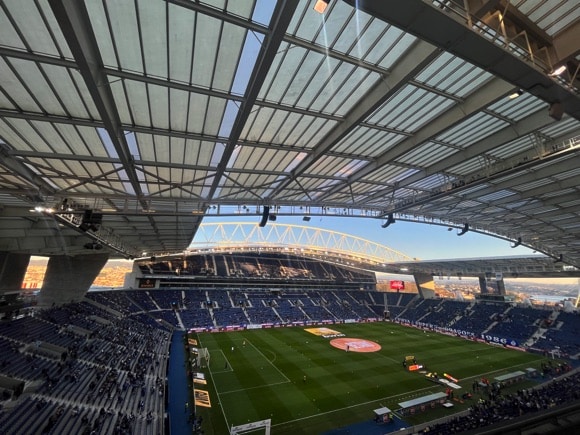
By then, the new stadium’s first match had already taken place the previous November, also notable for being the first-team debut of Lionel Messi for Porto’s losing opponents, Barcelona. It then hosted the curtain-raiser for Euro 2004, a surprise victory for Greece over hosts Portugal, and one semi-final.
Later showcase fixtures included the 2021 Champions League Final between Chelsea and Manchester City, with the World Cup 2030 to follow, of course.
For FC Porto games and Portugal internationals, home fans occupy the Super Bock Bancada Sul nearest the metro station and the Coca-Cola Bancada Norte. Visiting supporters are allocated sectors S47-S50, at the north corner of the Bancada Nascente, the East Stand, accessed through Gate 18.
The Bancada Nascente and Bancada Poente stands lining the long sidelines on the east and west sides of the stadium contain the VIP boxes and media area through Gate 1.
getting here
Going to the stadium – tips and timings


Four metro lines call at Estádio do Dragão station: light blue line A, red line B, violet line E and orange line F, all following the same route through the city centre.
Line E runs all the way from the airport (€2.25 single from zone 4, every 20-30mins, 25min journey time). The metro station sits between gates 8 and 12 of the stadium, near the club museum.
getting in
Buying tickets – when, where, how and how much



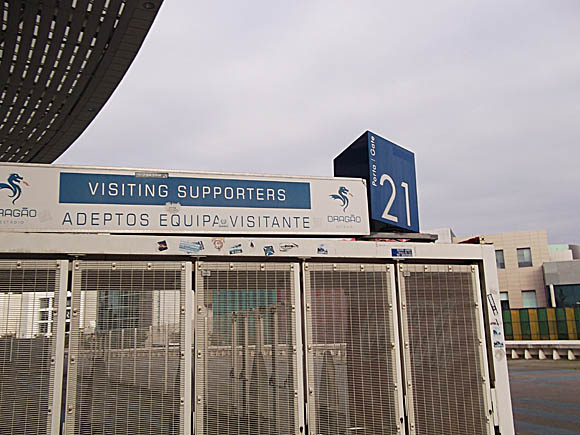

The main ticket office (bilheteira) is at street level close to the metro station, by gates 12-18. Tickets may also be purchased from the club website and picked up from ticket office 9 at the stadium if need be. To contact the club, email geral@fcporto.pt.
The most expensive seats are in the tmn Bancada Nascente and meo Bancada Poente stands, €30-€50, the cheapest behind the goals in the Super Bock Bancada Sul and Coca-Cola Bancada Norte, €15-€20, partly occupied by visiting supporters.
what to buy
Shirts, kits, merchandise and gifts
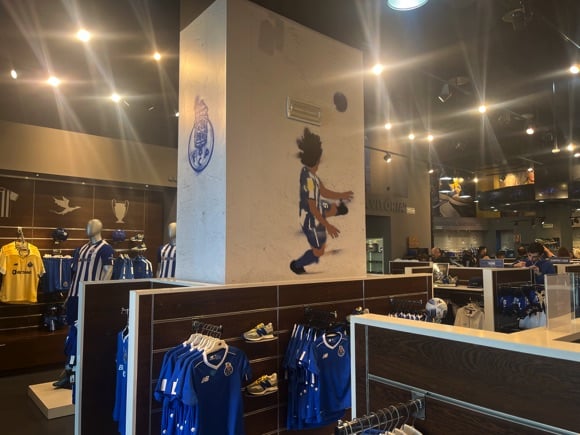



FC Porto operates eight stores in and around Porto. At the stadium, Loja FC Porto (daily 10am-7pm) is by the museum as you walk up from the metro station. Along with outlets in various malls, there’s one in the club’s old stadium (Mon-Fri 10am-1pm, 2.30pm-8pm, Sat 10am-1pm), today referred to as Vitalis Park, at Rua da Constituicão 870; and another in the city centre, the Loja FC Porto Baixa (Mon-Sat 10am-8pm, Sun 10am-6pm) at Rua de Sá de Bandeira 270 near Aliados metro station.
You can buy autographed home tops, currently a black collar offsetting the thick blue-and-white stripes. Away tops are sand-coloured with touches of navy around the collar and sleeves, third-choice shades of blue with concentric circles rippling out from the club badge.
Bottles of perfume, tiles and, naturally, port, all carry the Porto badge. Look out, too, for the figurine of Madjer’s backflick, something to wind up older Bayern fans.
tours & Museum
Explore the club inside and out

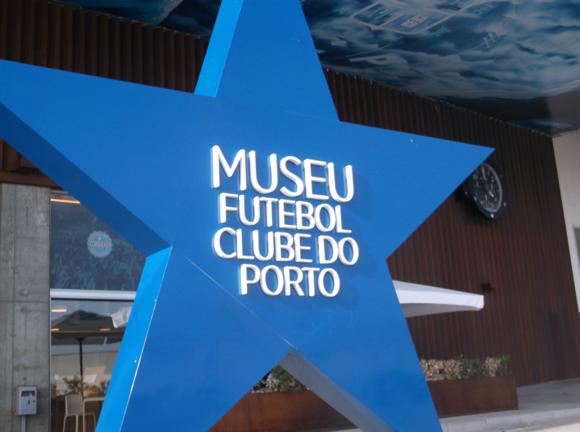
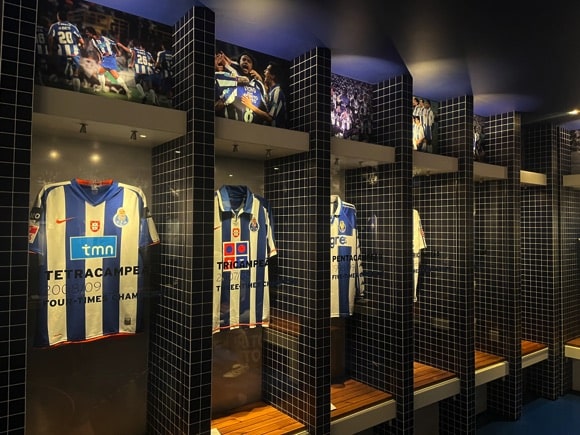


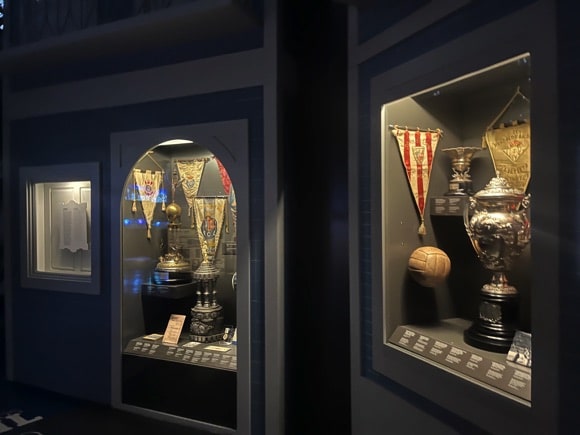

A signature blue star guides you around the contemporary Museu Futebol Clube do Porto. Trophies centrepiece the collection, the glittering European Cup of 1987 and Champions League from 2004, of course, but also the lesser-known Arsenal Cup dating back to 1948. Weighing 250kg (!), half of which is solid silver, it’s a shade smaller than Santi Cazorla and marks the club’s 3-2 victory over the Gunners during a post-season tour.
Perhaps influenced by the installation depicting the Archie Gemmill run at the Scottish FA Museum at Hampden, an entire area is dedicated to the Rabah Madjer backheel from 1987. Another display is a replica of the dressing room in Seville where Mourinho rallied his team before the 2003 UEFA Cup Final.
The club likes to keep the museum as fresh and current as possible, with regular temporary exhibitions – which few other clubs do – special events and visits by star players, even showcasing an exhibit of the month.
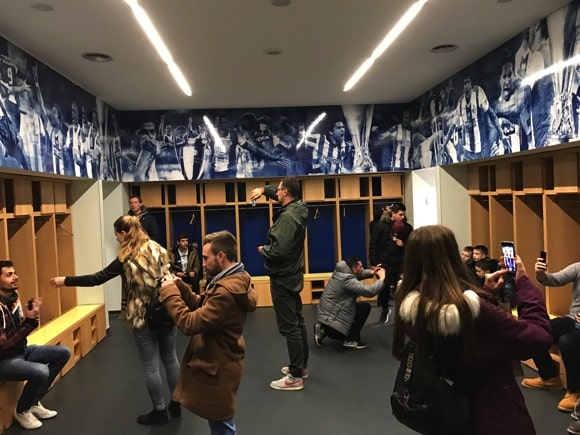
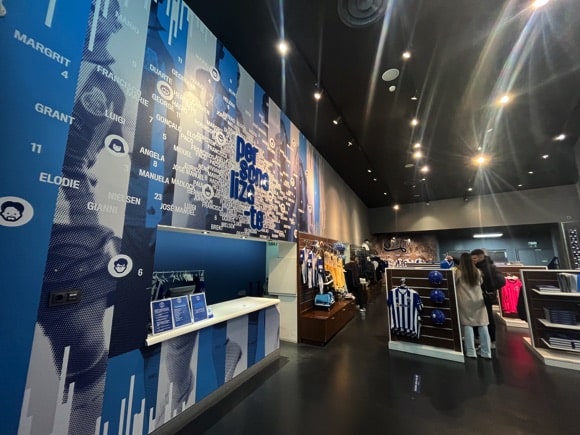





Recent examples of temporary exhibitions include one on tragic Porto midfielder Pavão, whose promising career was brought to a sudden end when he collapsed and died on the pitch at the Estádio das Antas in 1973.
With stadium tour + museum admission set at €20 (over-65s €15, 5-12s €10), and museum visits at €17 (€13/€8), most go for the full monty and have a good look around the Estádio do Dragão.
The museum is open Mon 2.30pm-7pm, Tue-Sun 10am-7pm. Stadium tours take place Mondays on the hour from 3pm-5pm, hourly Tue-Sun on the hour from 11am, last tour 5pm. No tours on match days. Audio guides come in the six main European languages.
Where to Drink
Pre-match beers for fans and casual visitors

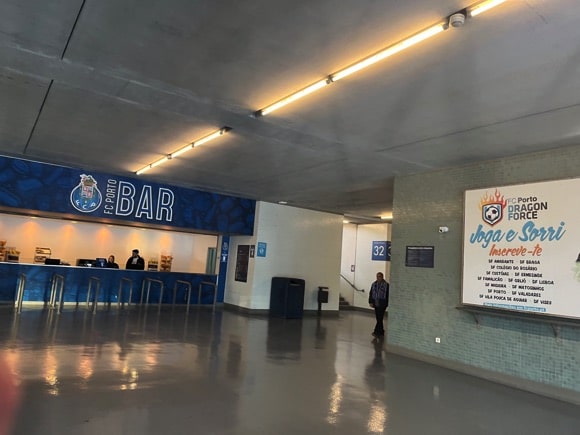



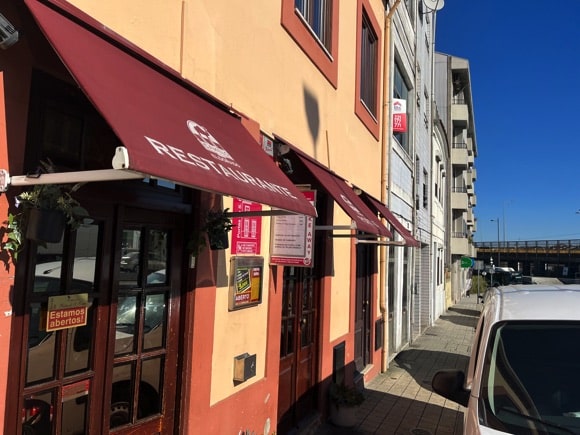

With the closure of the Café Estádio at Avenida de Fernão Magalhães 1530, few fans now gather at haunts popular back in the old das Antas days.
The only friendly neighbourhood spot close to today’s stadium is the Portas de São Roque restaurant along Rua São Roque de Lameira, its interior done out with scarves from visiting supporters or those of other Portuguese teams. It operates as an affordable eatery for those living and working nearby – and only on weekdays.
Standard food and drink outlets dot the inside of the stadium, though the excellent Museu Caffé attached to the club museum has closed. A joint design project between Coca-Cola and local design studio This Is Pacifica, the Bar Aberto serves spectators paying top dollar for a decent seat.


